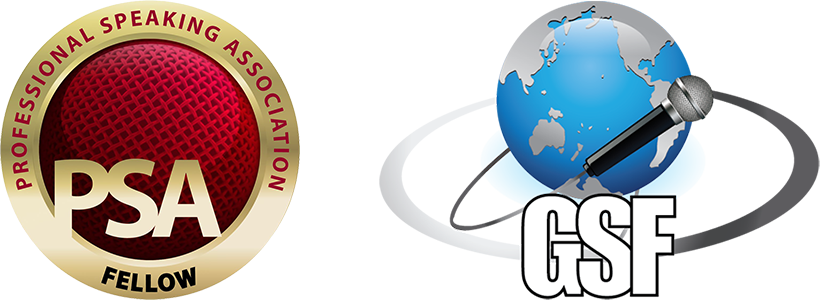Email marketing is known for having the highest ROI of any marketing method. But that’s not the only benefit…
Email can be used to educate your prospects, engage your leads, overcome objections and build a strong relationship with your potential clients and customers.
In fact, there isn’t a lot that email can’t do.
But for email marketing to work for you, you’ve got to use it properly.
I’ve talked about the different types of email before, including nurture campaigns, sales campaigns, and re-engagement. One type of email that I haven’t covered in detail is the onboarding email sequence.
What Is Onboarding?
It’s all in the name. These emails get hot leads onboard with your business.
An onboarding email is the message a client receives when they opt in to something your coaching or speaking business has offered. Usually this will be a lead magnet that requires an email signup to download something like a free guide or template.
It makes sense then that an onboarding email sequence is the process of emails that are triggered after this first opt in. The emails ultimately have the purpose of keeping up a point of contact after that initial interest.
Onboarding emails are usually automated, too. This is because if you’re expecting a high volume of opt-ins for your business, then it wouldn’t be practical to be manually sending out multiple emails at different points in your onboarding sequence.
What Onboarding Does
Onboarding is essentially your virtual handshake, bringing a new client aboard. The way onboarding emails do this is by letting the client get to know you even better. Sure, they may have already opted-in for your download or webinar, but don’t let the relationship end there.
Onboarding emails serve the crucial purpose of nurturing these hot leads – people already showing interest in your coaching or speaking business. Often these email sequences will gradually build up to making an offer with a deadline that is impossible to refuse.
Why Onboarding Matters
It all comes back to nurturing the hot leads that you’ve already brought in. These leads are incredibly important, because hot leads have the highest likelihood of converting to a purchase.
It’s better to grab and hold their attention fast whilst they’re still interested.
Onboarding emails get these leads to purchase something, anything, possibly a smaller offer. This separates the buyers from the lurkers and streamlines your marketing process.
You can see why I highly recommend onboarding emails now!
What Makes A Good Onboarding Sequence?
A good onboarding sequence will contain a few things that help the recipient learn more about you and want to purchase from you fast.
It’s important that onboarding emails don’t feel too sales-y. They need to feel high-value to your readers, containing anything from useful information to your story. Use these emails as an opportunity to overcome objections about things like price, trust, and value.
As the sequence progresses make your irresistible offer, adding in a sense of urgency with a deadline. If the recipient hasn’t taken you up at that point, the email sequence should go on with reminders of the deadline and what they’re missing.
How many emails are in your onboarding sequence is up to you. It could be anything from 3 to 10 emails in total. Ensure you’re not bombarding your hot leads, though, as this can be off-putting too.
Importance Of Automation
When I talk about automation I mean creating an email campaign or sequence and using marketing software to automate the sending process.
You can automate the triggers that send out your first and following emails. The point of automation is to save you time and create consistency across your email marketing.
By automating your email sequences, including onboarding, you can be sure that every time a lead behaves in a certain way (ie, opts in to a download, clicks a link on your website, purchases from you) they’ll get the right email at the right time.
Because you’re not sitting at your desk for hours a day sending out individual emails, you can use your time to develop your business further.
The consistency of automation has another benefit too – it makes testing and tracking results so much easier. With fewer variables, you can trust the results you’re getting are repeatable and efficient.
If you want to save time, convert more leads, and grow your email list, check out the other blogs in my ‘Art of Email Marketing’ series.


